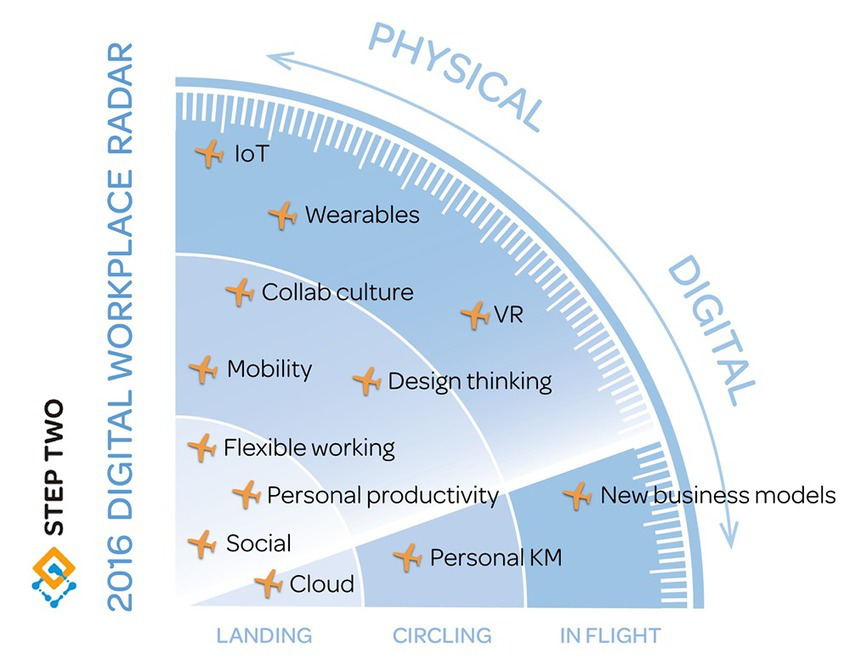Wie kann man den Herausforderungen im Kundenservice in einer komplexen, vernetzten Welt am besten begegnen und zu neuen, kreativen und kundenorientierten Lösungen kommen. Fred Zimny stellt in unserem heutigen Gastbeitrag den Nutzen von Design Thinking vor.
Fred Zimny, ist ein international anerkannter Experte für Design Thinking. Weitere Information siehe nachstehender link.

Fred Zimny
https://de.linkedin.com/in/fredzimny
In the old days, my job as a customer service manager was to describe my own universum, Once I described my own territory (scope and KPI’s) I could start controlling the environment.
Using technology and best management science practices made it possible for the senior management team to optimize the desired output with minimal internal constraints. In those days, management teams did encounter challenges and obstacles but they were – with hard work and a good fundamental understanding of the business model you were working in – manageable.
I believe that these days are over. It was Steve Denning who in 2013 outlined the current developments within management. In the golden age of management Steve described ten simultaneous shifts now under way:
From maximizing shareholder value to profitable customer delight.
From sustainable competitive advantage to continuous strategic adaptation.
From a preoccupation with efficiency to co-creating value with stakeholders.
From uni-directional value chains to multi-directional value networks.
From steep hierarchies to shared responsibilities.
From control and bureaucracy to disciplined innovation.
From economic value to values that grow the firm.
From command to conversation.
From managing the machine to stewardship of stakeholders.
From episodic improvements to a paradigm shift in management.

Nowadays in our emerging new world, something is happening that hinders those who excelled in the management 1.0 era. You can no no longer thrive on forecasts and management control: the real world has become foggy and blurred. As stated by me at the Global Service Design conference in 2014: one needs to have a cat’s view in turbulent times (achieving nine lives, indeed just like a cat).
Any manager’s universum has widened. It has grown from internal facts only to include social responsibility. With an emphasis shift from a cost/value perspective to a more integrated cost/value/functional/emotional perspective. Of course the old skills are still relevant but they are on their own not sufficient enough.
What does this imply for you as a professional manager in any kind of organization or institution?
In my opinion: use among other design thinking.
Nowadays everybody does face wicked problems. . . problems that are difficult or impossible to solve because of incomplete, contradictory, and changing requirements that are often difficult to recognize. And to make your professional and personal life even more complicated, because of complex inter-dependencies, solving one aspect of a wicked problem reveals or create other problems.
And it is here that many of us can benefit from the field of design thinking ( and all related concepts like enterprise design and service design).
Sometimes funny, but most of of the times annoying for me is the misunderstanding these days is that a designer has an artist or artisan background (or even worse designs websites) . In that approach designers are merely idea generators, visualizers and prototypers.
